Street food represents the soul of a city’s culinary identity. These portable, affordable dishes tell stories of local traditions, immigrant influences, and creative adaptations that have evolved over generations. From bustling night markets to humble corner carts, street vendors serve up some of the world’s most authentic and delicious meals.
Here is a list of 15 cities that have earned global recognition for their incredible street food scenes.
Bangkok
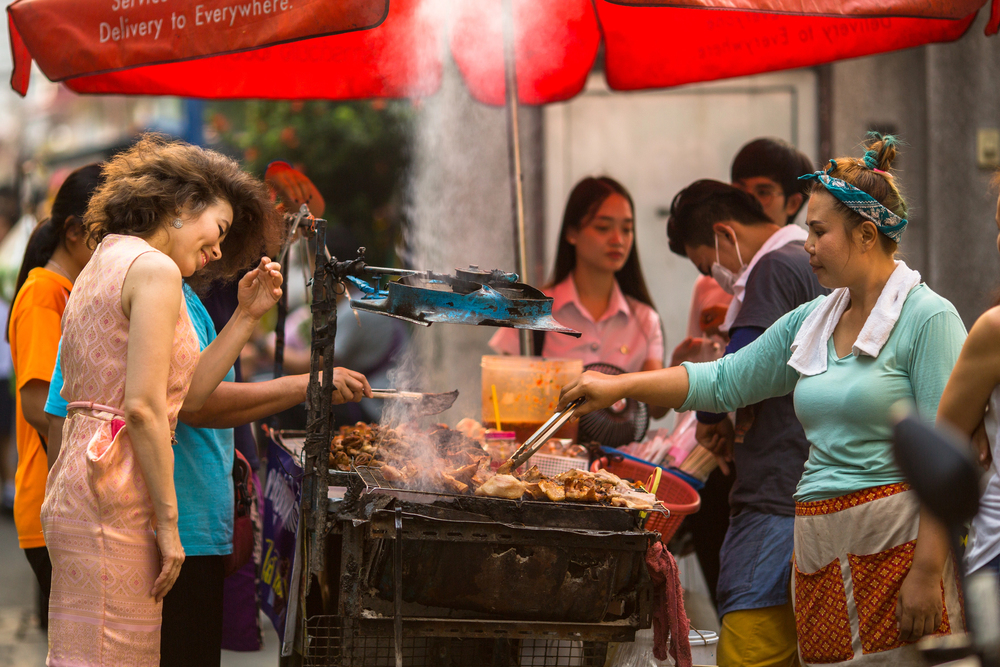
— Photo by dimaberkut
Bangkok’s street food culture operates like a well-oiled machine, with vendors setting up shop on nearly every corner throughout the day. The city’s famous pad thai, som tam, and mango sticky rice have become ambassadors of Thai cuisine worldwide. Street food here isn’t just about convenience—it’s deeply woven into the social fabric, where locals gather around plastic stools to share meals and conversation. The variety is staggering, from spicy boat noodles served from actual boats to crispy roti pancakes that vendors spin like pizza dough.
Istanbul
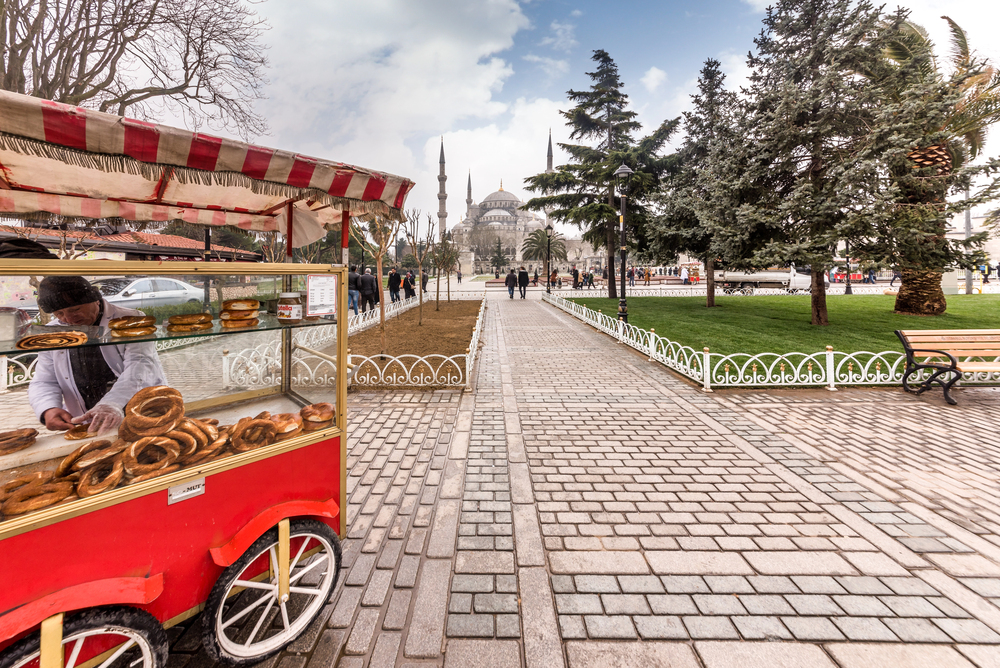
— Photo by epicimages
The bridges between Europe and Asia aren’t the only things connecting cultures in Istanbul—the street food does too. Turkish vendors serve up döner kebabs, simit (Turkish bagels), and balık ekmek (fish sandwiches) that reflect centuries of Ottoman influence mixed with Mediterranean flavors. The city’s street food scene thrives around the clock, with late-night köfte stands serving grilled meatballs to party-goers and early morning börek vendors feeding commuters. Walking through Istanbul’s streets feels like taking a culinary tour through history.
Mexico City
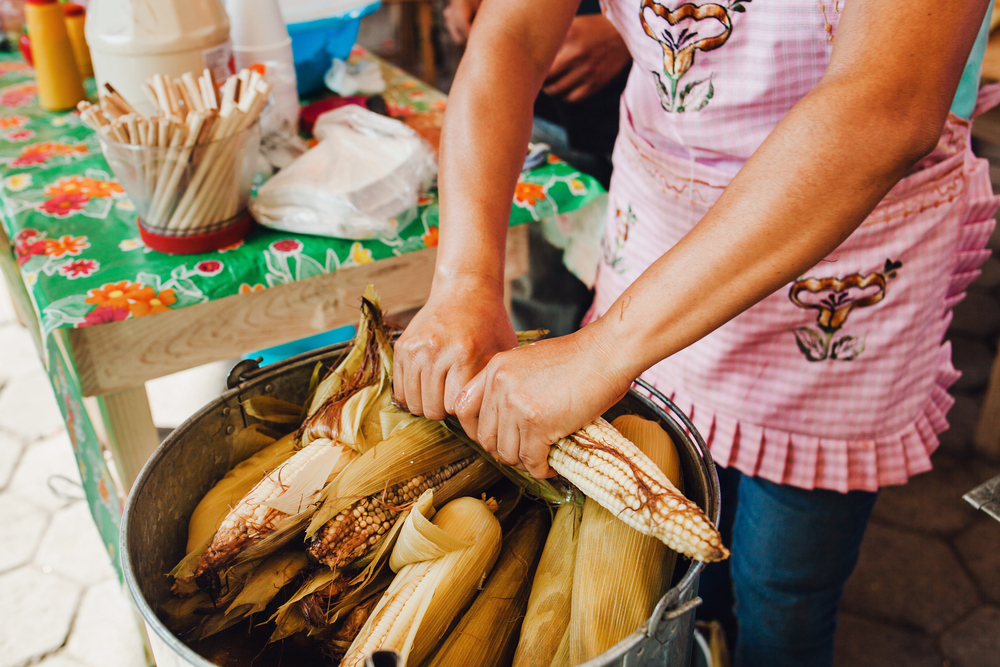
Mexico City’s street food game is so strong that it has influenced Mexican restaurants worldwide, yet nothing compares to the real deal. Tacos al pastor, elote (grilled corn), and tamales represent just a fraction of what’s available from the thousands of street vendors throughout the city. The preparation methods here are theater—watching a taquero slice meat from a spinning trompo or seeing a vendor prepare fresh guacamole tableside adds to the experience. Street food in Mexico City isn’t just sustenance; it’s a cultural institution that brings together people from all walks of life.
Mumbai
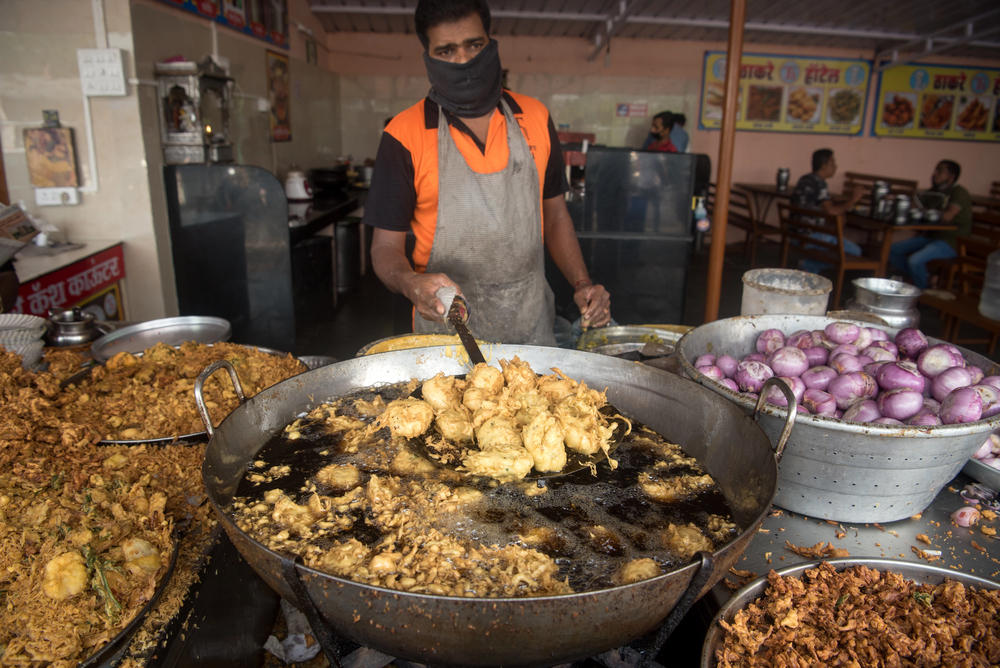
— Photo by manoejp7
Mumbai’s street food scene operates with the efficiency of the city’s famous train system, feeding millions of people daily with incredible speed and flavor. Vada pav, often called the Indian burger, costs less than a dollar but delivers satisfaction that rivals any gourmet meal. The city’s chaat vendors create complex flavor combinations using chutneys, spices, and textures that dance on your tongue. What makes Mumbai’s street food special isn’t just the taste—it’s the community aspect, where sharing a plate of pani puri with strangers becomes an instant bonding experience.
Marrakech
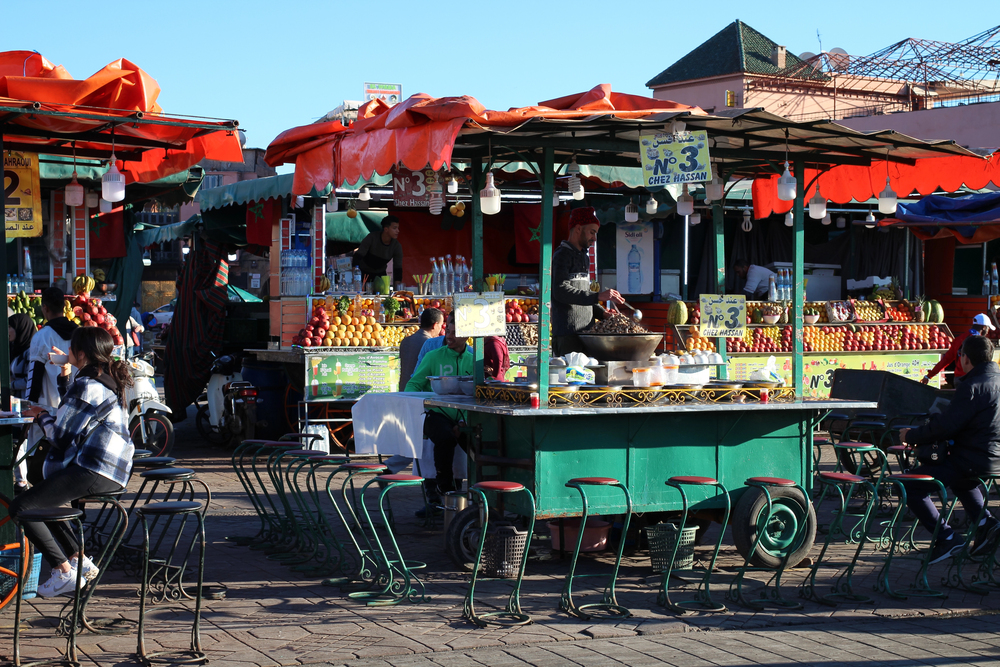
— Photo by yavorev@yandex.ru
The Jemaa el-Fnaa square in Marrakech transforms into an outdoor restaurant every evening, with smoke from dozens of grills creating an aromatic cloud that draws hungry visitors like a magnet. Moroccan street food vendors serve tagines, grilled meats, and fresh-squeezed orange juice that tastes like liquid sunshine. The experience here engages all your senses—the sizzle of meat on hot grills, the colorful displays of spices, and the calls of vendors competing for customers. Street food in Marrakech isn’t just about eating; it’s about immersing yourself in a sensory adventure that has remained unchanged for centuries.
Singapore
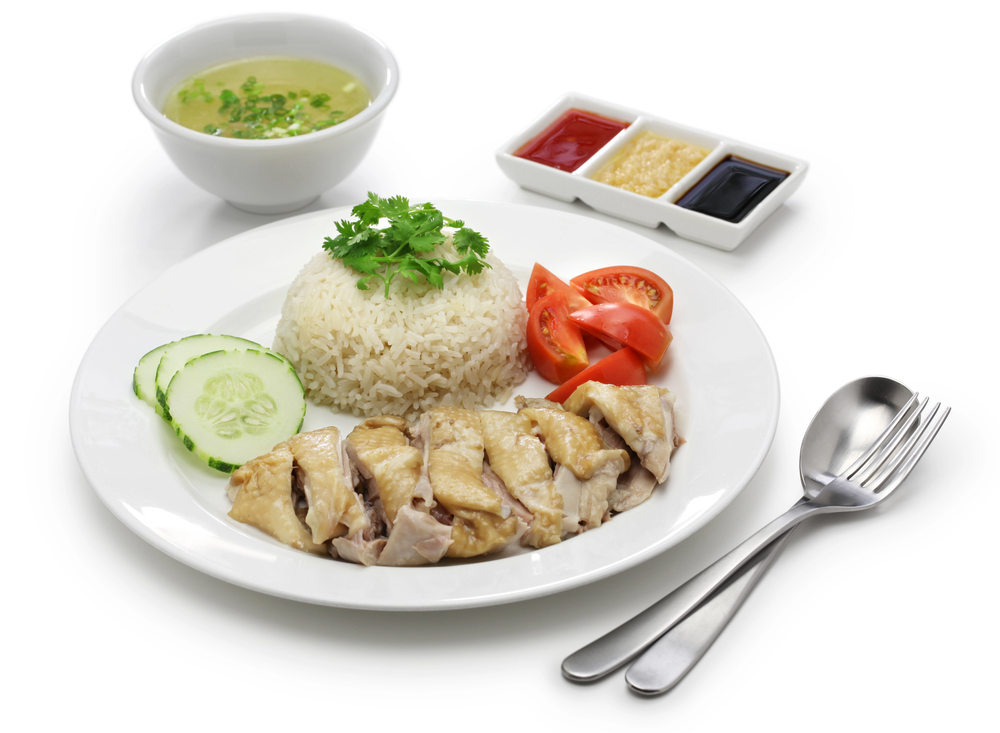
Singapore’s hawker centers represent democracy in dining, where Michelin-starred stalls sit alongside family recipes passed down through generations. The city-state’s street food reflects its multicultural population, with Chinese, Malay, Indian, and fusion dishes all competing for attention under the same roof. Classics like Hainanese chicken rice, laksa, and char kway teow have become so refined that they rival restaurant versions. The government’s support for hawker culture, including UNESCO recognition, ensures that these culinary traditions continue to thrive in an increasingly modern city.
Lima
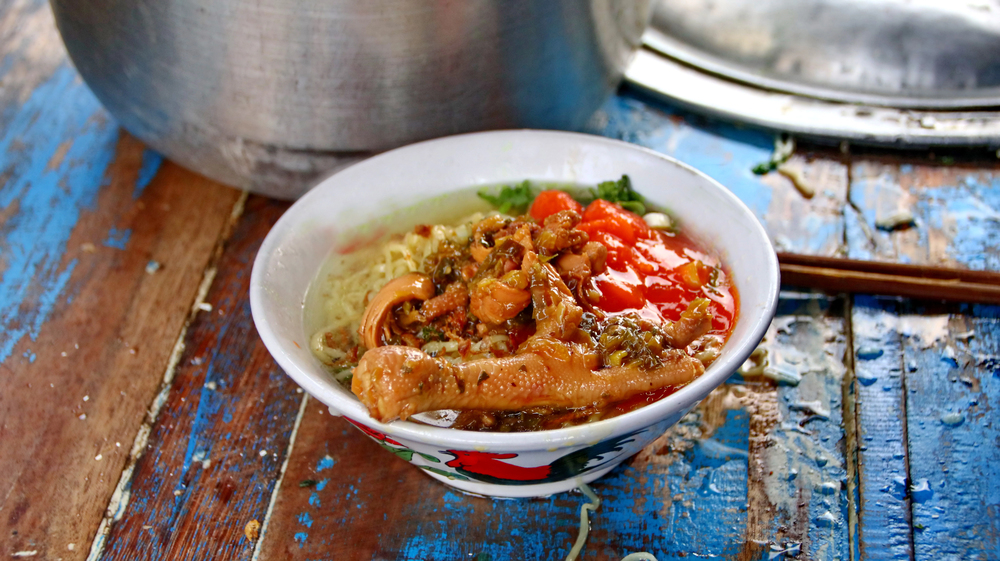
Lima’s street food scene has evolved from simple sustenance to a culinary movement that has caught the attention of food critics worldwide. Anticuchos (grilled beef heart skewers) and ceviche served from carts represent Peru’s rich indigenous and Spanish colonial heritage. The city’s street vendors often use techniques and ingredients that mirror those found in Lima’s award-winning restaurants, creating a fascinating dialogue between fine dining and street-level cuisine. Street food in Lima proves that exceptional flavor doesn’t require white tablecloths or fancy presentations.
Ho Chi Minh City
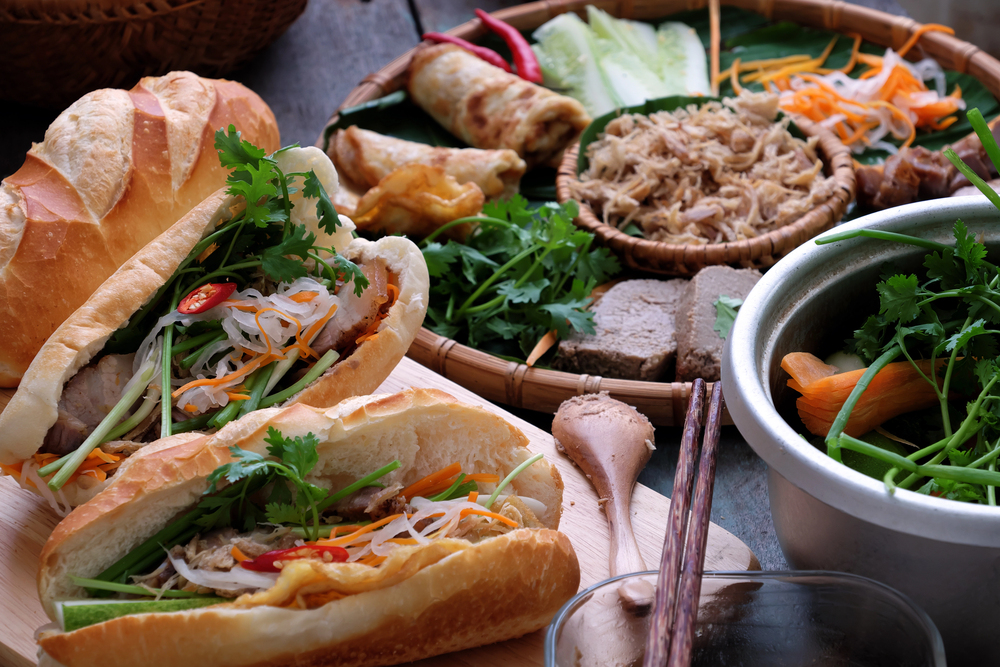
The streets of Ho Chi Minh City come alive with the sound of motorbikes and the aroma of pho, creating a symphony of urban life that revolves around food. Vietnamese street food vendors specialize in fresh herbs, light broths, and complex layering of flavors that make each dish feel like a complete meal despite being served from a simple cart. Banh mi sandwiches here use French bread techniques combined with Vietnamese ingredients, creating a perfect example of how colonialism evolved into something uniquely delicious. The city’s street food culture emphasizes freshness—ingredients are often prepared throughout the day to ensure peak flavor.
Cairo
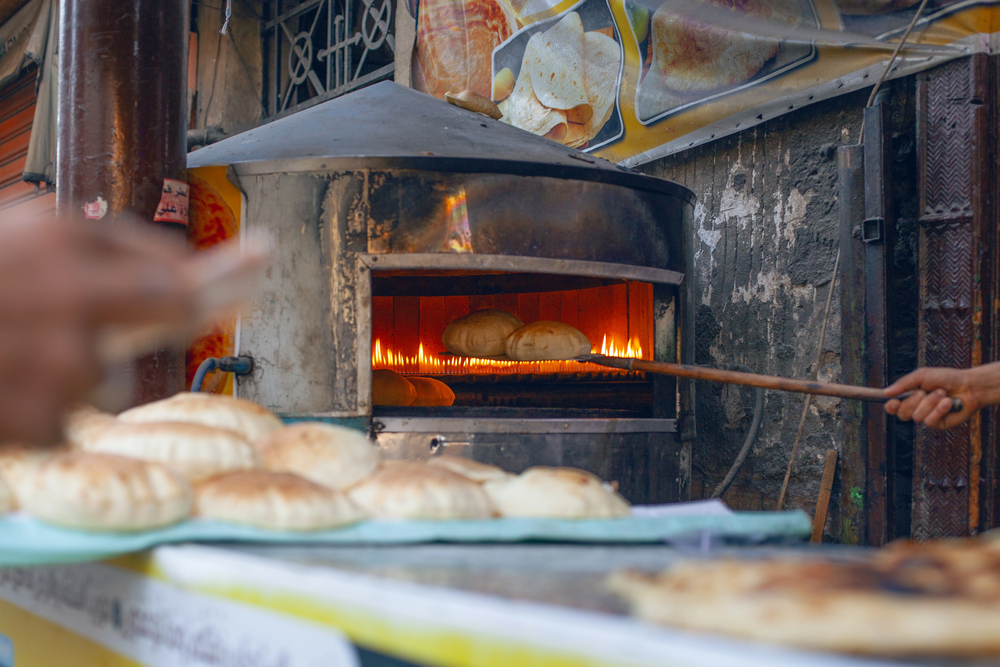
Cairo’s street food vendors have mastered the art of feeding a bustling metropolis with dishes that are both filling and affordable. Ful medames (fava bean stew), koshari (a carb-heavy mix of rice, lentils, and pasta), and freshly baked baladi bread represent the hearty, no-nonsense approach to Egyptian street cuisine. The city’s street food scene operates with remarkable efficiency, with vendors able to prepare complex dishes in minutes using portable equipment. What strikes visitors most is how these simple ingredients combine to create deeply satisfying meals that have sustained Egyptian workers for generations.
New York City
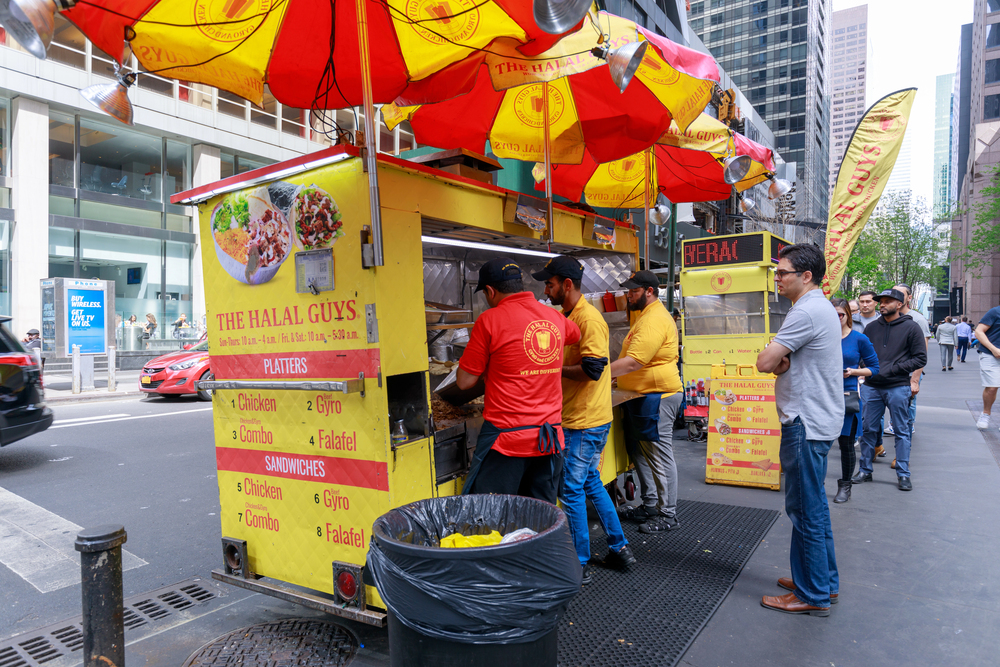
— Photo by artyooran.gmail.com
New York’s street food scene reflects the city’s immigrant history, with vendors from around the world bringing their culinary traditions to busy street corners. The iconic hot dog cart has been joined by halal trucks, taco stands, and pretzel vendors, creating a mobile United Nations of flavors. Food trucks here have elevated street food to an art form, with some vendors gaining celebrity status and spawning restaurant empires. The beauty of New York street food lies in its accessibility—a construction worker and a Wall Street executive can enjoy the same delicious meal from the same cart.
Penang
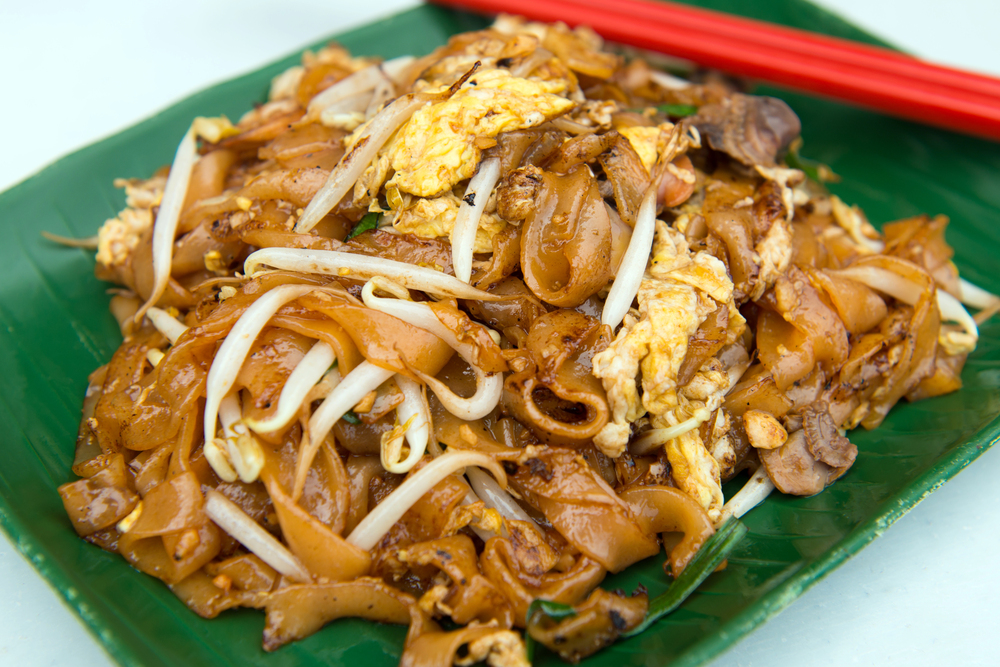
Penang’s street food culture has earned UNESCO recognition for good reason—the island serves up some of the most diverse and flavorful dishes in Southeast Asia. Char kway teow, assam laksa, and cendol represent the perfect fusion of Chinese, Malay, and Indian influences that define Penang’s unique culinary identity. The hawker centers here operate like outdoor food courts, where families have been serving the same recipes for decades. What makes Penang special is the vendors’ commitment to authenticity—recipes are guarded secrets passed down through generations, ensuring that each dish maintains its traditional character.
Seoul
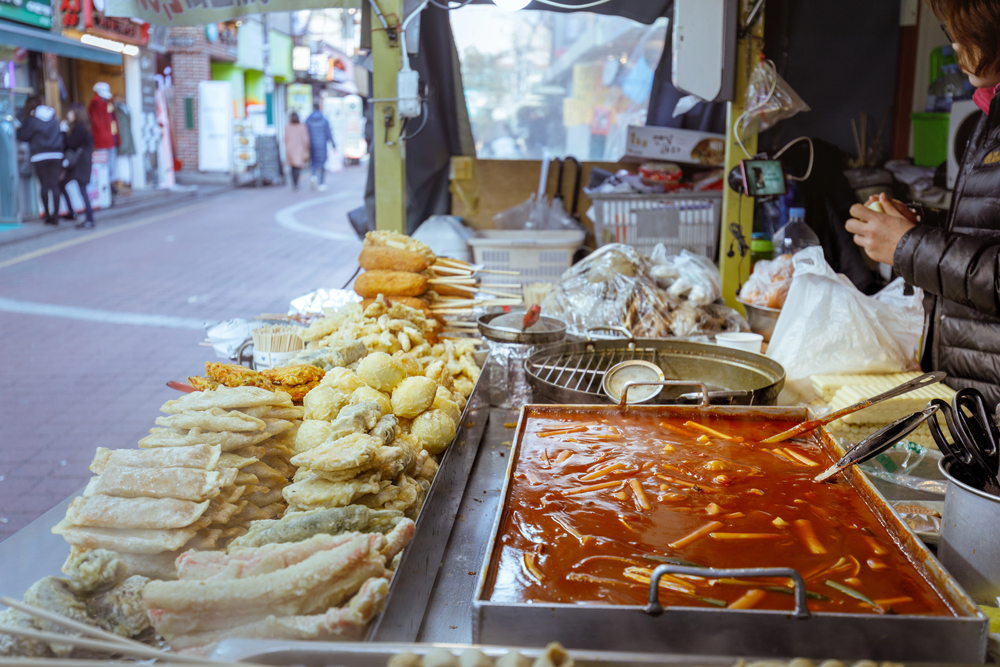
Seoul’s street food scene has exploded in popularity thanks to Korean pop culture, but the flavors have been winning hearts long before the global spotlight arrived. Tteokbokki (spicy rice cakes), Korean fried chicken, and hotteok (sweet pancakes) represent comfort food that Koreans have enjoyed for generations. The city’s street food vendors are incredibly innovative, constantly creating new variations on classic dishes while maintaining traditional preparation methods. Seoul’s street food culture operates year-round, with vendors serving warm, spicy dishes that provide comfort during harsh winters and refreshing options during hot summers.
Jaipur

Jaipur’s street food scene offers a spicy, colorful introduction to Rajasthani cuisine that reflects the region’s royal heritage and desert climate. Dal baati churma, pyaaz kachori, and kulfi represent dishes that were developed to withstand intense heat while delivering maximum flavor and nutrition. The city’s street vendors often use traditional clay ovens and copper vessels that enhance the taste of their dishes in ways that modern equipment can’t replicate. What makes Jaipur’s street food memorable is the generous use of ghee, spices, and time-honored cooking techniques that create incredibly rich, satisfying meals.
Palermo
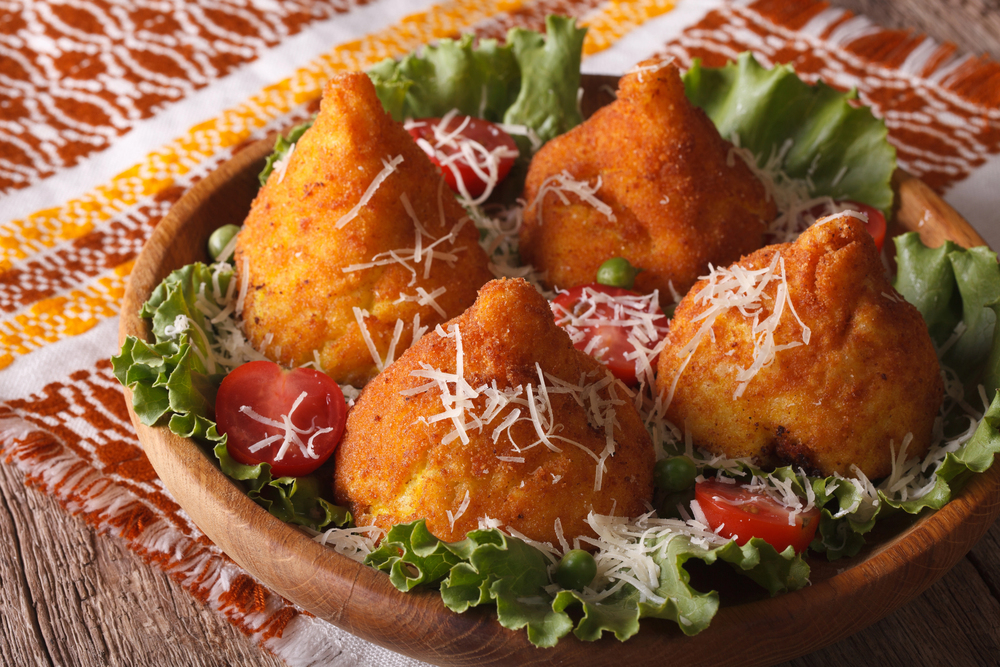
DepositPhotos
Palermo’s street food culture represents over 2,000 years of Mediterranean influences, with Arab, Norman, and Spanish flavors creating a unique Sicilian identity. Arancini (stuffed rice balls), panelle (chickpea fritters), and sfincione (Sicilian pizza) showcase the island’s ability to transform simple ingredients into extraordinary dishes. The city’s street food vendors operate from small shops and carts that have been serving the same families for generations, creating a sense of continuity in an ever-changing world. Palermo’s street food proves that the best meals often come from the most humble settings.
Taipei
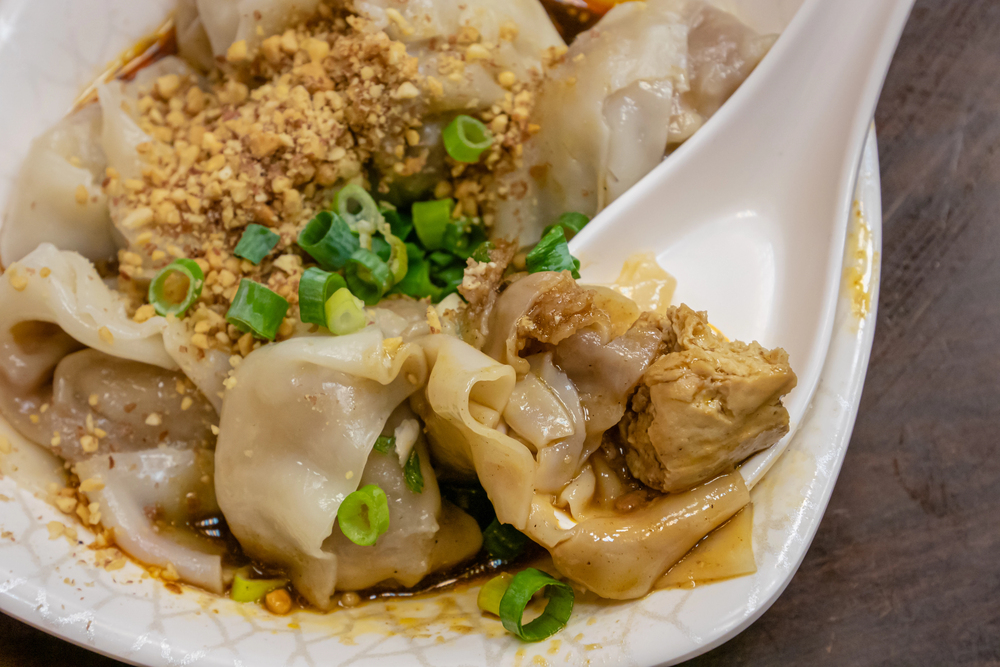
DepositPhotos
Taipei’s night market culture has turned street food into a social event, where families and friends gather to sample dozens of different dishes in a single evening. Stinky tofu, beef noodle soup, and xiaolongbao (soup dumplings) represent the diverse regional Chinese cuisines that immigrants brought to Taiwan. The city’s street food vendors have perfected the art of specialization—many stalls serve only one or two dishes, but they’ve spent decades perfecting those recipes. What makes Taipei’s street food scene special is the communal atmosphere, where sharing food becomes a way of sharing culture and building connections.
Where Tradition Meets Innovation
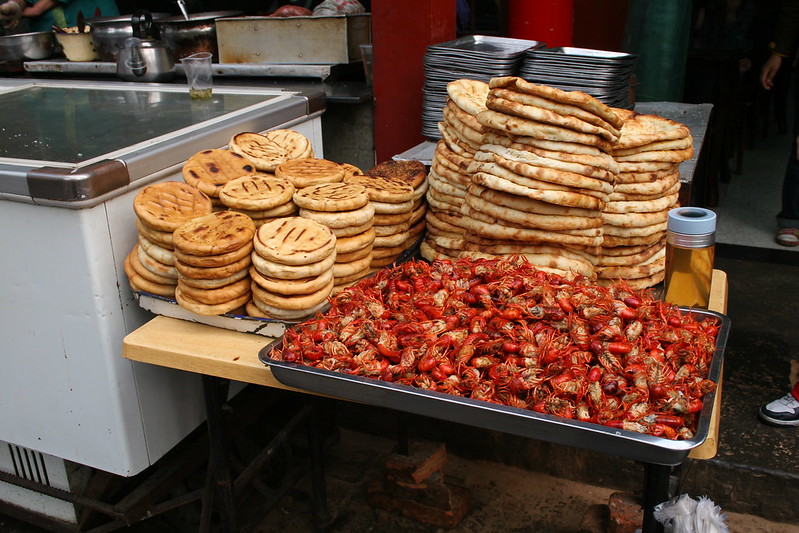
These 15 cities prove that street food isn’t just about quick, cheap meals—it’s about preserving cultural identity while adapting to changing times. Each destination offers a unique window into local life, where recipes passed down through generations continue to evolve with new influences and techniques. The vendors in these cities serve as cultural ambassadors, sharing their heritage one dish at a time with both locals and visitors. Street food scenes like these remind us that some of the world’s best dining experiences don’t require reservations or dress codes, just an adventurous spirit and an empty stomach. As cities continue to modernize, these street food traditions become even more precious, representing authentic connections to the past that feed both body and soul.
More from Travel Pug

- 20 Best Beach Towns in the Carolinas
- 13 Destinations Where Tourists Regularly Regret Their Trip
- 20 Things You Actually Get in First Class
- 20 Small Airports With Aviation Museums
- 20 Places in the U.S. That Are Perfect for a Reset Trip
Like Travel Pug’s content? Follow us on MSN.
